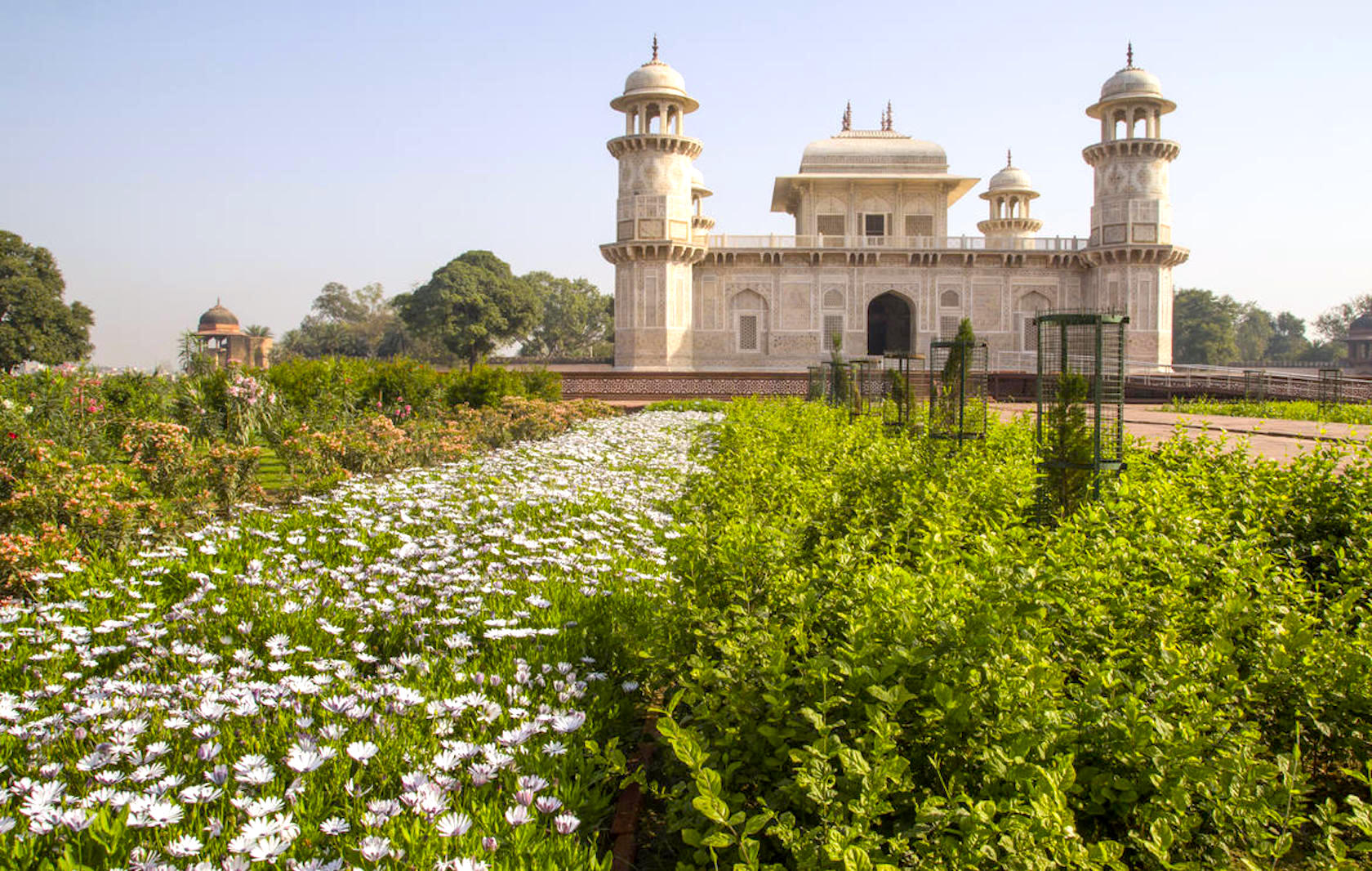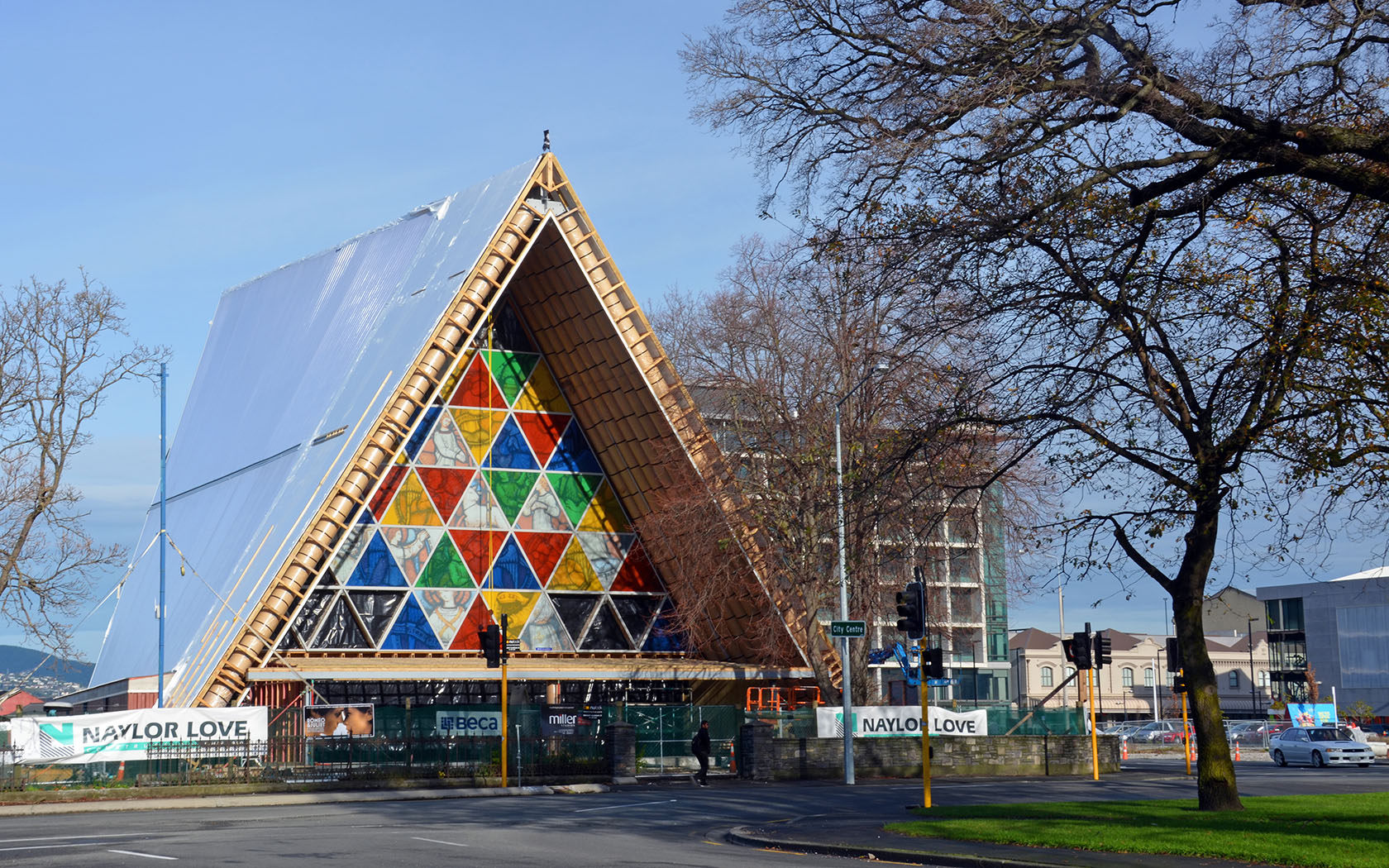What To Know Before You Go To Bhutan, Kingdom Of Happiness

Benjamin is a freelance project manager and avid traveller, having…
As the world opens up and tourism begins to spread to lesser-known destinations, the Buddhist kingdom of Bhutan has slowly become a popular choice for the discerning traveller. “Bhutan” translates to “Land of the Thunder Dragon”, a reference to its violent thunderstorms. Stunning, untouched scenery, a Gross National Happiness philosophy and the US$250 per day minimum just to be there – let’s take a closer look at this intriguing Himalayan nation.
Start saving those pennies (US dollars)
First and foremost, Bhutan is not a cheap country to visit. All travellers (except citizens of India, Bangladesh and the Maldives), must use a licensed tour company for the duration of their stay. The minimum cost is around US$250 (AU$350) per day, which includes accommodation, transport within Bhutan, a guide, visa, entrance fees and meals.
[related_articles]61597[/related_articles]On top of this, you will need to factor in the scary flight to Paro International Airport, which only departs from a handful of cities, such as Singapore. The total cost of our seven-day tour from Sydney was around AU$4500 per person (that’s around 300 smashed avos, excluding almond cap).
Enter the Tiger’s Nest
By far the most recognisable (read: Instagrammable) attraction is the famed Taktsang Monastery, also known as Tiger’s Nest. The sacred Buddhist temple was constructed in 1692, and is perched on the side of a cliff at an altitude of 3,120m. The return pilgrimage takes around six hours, with beautiful scenery of the surrounding mountains accompanying your every step.
For those who are less keen on hiking or are feeling a little lazy, there are horses that can take you halfway for around AU$20, but after that you’re on your own. Once at the monastery, you can take time to explore the four main temples (remember to remove your shoes), find your zen and check out the epic waterfall on the way back.
Get some culture into ya
Bhutan has a long history of isolation and, in turn, their cultural heritage has been well preserved through the centuries. The distinctive Dzong architecture can be seen in fortresses dotted throughout the country, highlighted by towering exterior walls, colourful decorations and courtyard complexes.
The most impressive example of this architecture is Punakha Dzong, which was constructed in 1637 and is located at the junction of two flowing rivers. While you’re in the area, don’t forget to visit the beautiful Punakha Suspension Bridge (160m) – and walk across in the company of donkeys, monks and horses.
To be happy in Bhutan
Bhutan is one of 26 monarchies in the world. While our Motherland is better known for tea and grumpiness, Bhutan has been working towards its goal of a happy populace since 2008, when “Gross National Happiness” was added to its constitution.
[related_articles]41562,67724,62340[/related_articles]It’s no surprise, then, that Bhutan is known for its numerous unique festivals and colourful celebrations, the biggest being Thimphu Tshechu. Held in the capital, Thimphu, every August, it is a three-day extravaganza dominated by masked dancers, exquisite costumes and traditional rituals. This festival attracts thousands of locals and tourists every year, so make sure you book your seats well in advance.
Ain’t no mountain high enough
Due to its location in the Himalayas, Bhutan boasts some of the world’s highest rugged mountains and biodiversity sites. The beginning of winter is a great time to see these mountain ranges, with clear blue skies and not-too-cold temperatures. Visit the Dochula Pass (3050m) for a stunning 360-degree panoramic view of the Himalayan mountain range. Also during this season, head to the valley of Phobjikha, where the elegant black-necked crane migrates from Tibet (November to March).
[related_articles]59888,45467,31676[/related_articles]But don’t get any crazy ideas around climbing these giants. Mountaineering is banned due to spiritual beliefs and to protect the peaks for future generations. However, there are plenty of trekking tours available, including the 28-day Snowman Trek, regarded as one of the greatest, and most challenging treks in the Himalayas. Fun fact: Gangkhar Puensum (7570m) in Bhutan is regarded as the highest unclimbed mountain in the world.
So what are you waiting for? Start saving those pennies for a trip to Bhutan. In the meantime, check out stories about easier-to-get-to Japan.
How to get to Bhutan
Remember it takes some planning to go to Bhutan – check visa regulations before booking, and research available tours.
- Fly to Singapore
- Take a connecting flight to Thimphu
- Thimphu, Bhutan
Benjamin is a freelance project manager and avid traveller, having visited around 50 countries. When he's not planning his next trip, his interests include helping plan other people's trips, and smashed avo.












